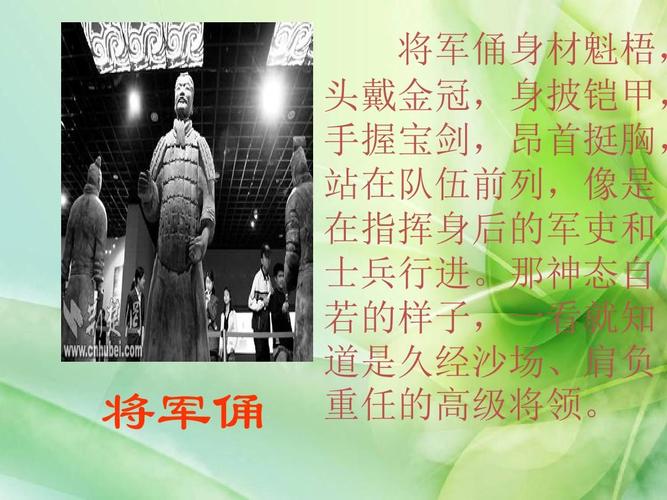
Who Was the Leader of the Terracotta Army?
The First Emperor of a Unified China
The Terracotta Army is one of the most iconic archaeological discoveries of all time. Thousands of life-sized terracotta soldiers, chariots, and horses stand guard over the tomb of their leader, a testament to the power and ambition of ancient China's first emperor.
Qin Shi Huang: Architect of the Terracotta Army
The Terracotta Army was built under the orders of Qin Shi Huang, founder of the Qin dynasty and the first emperor of a unified China. His name, Qin Shi Huang, literally means "First Emperor of Qin."
Before his reign, China was divided into various warring states. Qin Shi Huang, originally born Ying Zheng, ascended the throne of the Qin state in 246 BC at the age of 13. Through a series of strategic conquests and political maneuvering, he managed to subdue the other states and establish the Qin dynasty as the ruler of a unified China in 221 BC. He then proclaimed himself "Shi Huangdi" - First Emperor - signifying his unprecedented status.
The Emperor's Vision: An Army for the Afterlife
Qin Shi Huang was obsessed with immortality and sought to maintain his power even in the afterlife. According to the Records of the Grand Historian by Sima Qian, Qin Shi Huang ordered the construction of his mausoleum shortly after he ascended the throne.
The emperor envisioned a vast necropolis that would reflect his earthly might and protect him in the afterlife. The Terracotta Army, with its unique and individualized soldiers, was just one part of this elaborate complex. The figures were meant to serve as the emperor’s guardians and symbolize the vast army that had brought him victory in life.
The Construction and Discovery of the Terracotta Army
The construction of the Terracotta Army and the mausoleum complex spanned several decades and involved hundreds of thousands of laborers and craftsmen. The sheer scale of the project highlights the immense resources at Qin Shi Huang’s disposal and the importance he placed on his afterlife.
Lost to history, the Terracotta Army remained hidden underground for over two millennia until its accidental discovery by farmers digging a well in 1974. The discovery stunned the world and provided invaluable insights into the military organization, artistry, and beliefs of the Qin dynasty.
The Legacy of Qin Shi Huang and His Terracotta Army
Though Qin Shi Huang ruled with an iron fist and his reign was marked by both great achievements and ruthlessness, his unification of China left an enduring legacy. He standardized weights and measures, currency, and the written script, laying the foundation for a unified Chinese culture.
The Terracotta Army, a UNESCO World Heritage site, stands as a testament to the ambition, artistry, and military prowess of Qin Shi Huang and his dynasty. The discovery continues to captivate the world, offering a window into the grandeur and beliefs of ancient China.
Q&A
1. When did Qin Shi Huang become the ruler of the Qin state?
Qin Shi Huang ascended the throne of the Qin state in 246 BC.
2. Why did Qin Shi Huang order the creation of the Terracotta Army?
Qin Shi Huang believed the Terracotta Army would protect him in the afterlife and showcase his power for eternity.
3. What is the historical significance of the Terracotta Army's discovery?
The discovery has provided invaluable insights into the military practices, artistry, and beliefs of the Qin Dynasty, significantly enriching our understanding of this pivotal period in Chinese history.